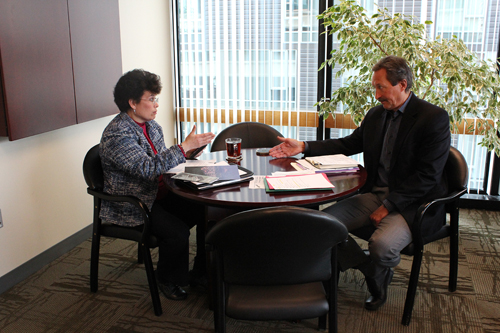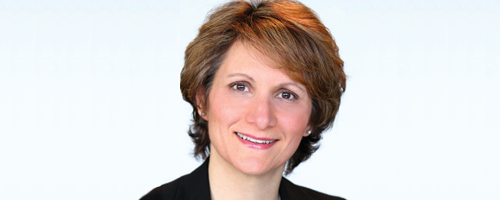Portland State is growing, tuition is on the rise and state funding is declining. In response to this reality, the university is increasingly relying on part-time and full-time fixed-term faculty positions in order to meet the instructional needs of students. According to Roy Koch, provost and vice president for Academic Affairs, PSU is “leading what will be a national trend—this shift of faculty mix, because the issue of state funding is becoming more and more widespread across the country.
Budgetary concerns, enrollment growth factors in changing faculty demographics

Portland State is growing, tuition is on the rise and state funding is declining. In response to this reality, the university is increasingly relying on part-time and full-time fixed-term faculty positions in order to meet the instructional needs of students. According to Roy Koch, provost and vice president for Academic Affairs, PSU is “leading what will be a national trend—this shift of faculty mix, because the issue of state funding is becoming more and more widespread across the country.
“It’s a terrible set of decisions to have to make, really,” Koch continued. “It’s the trade-off between raising student tuition and fundamentally changing the historic faculty mix—given a choice, one would not want to have to make these kinds of decisions, but we are where we are.”
Koch said that over the last 20 years, Oregon has gradually shifted funds away from higher education in order to support a number of required services like healthcare and prisons. This means the bulk of the funding required to support the institution must come from tuition, which PSU Vice President Monica Rimai has said will likely increase by seven percent next year.
“The transition we have gone through in terms of faculty mix has been driven by budgetary considerations and by growth in enrollment,” Koch said. He added that the state funding combined with the tuition paid by resident students does not equal the amount the university spends on resident students.
In order to bridge this funding gap, the university will be increasing its focus on recruiting and retaining a higher number of non-resident and international students, in addition to philanthropic giving. Philanthropy will become an increasingly important avenue toward accessibility via scholarships, and, Koch said, “Equally important will be whether we can raise funds to support some of the core operations—more faculty, in addition to facilities, which often times is the focus of external fundraising.”
According to Koch, the university’s goal is to maximize the number of fixed-term and tenure-line faculty at the institution.
PSU Faculty Association President Brooke Jacobson explained, “Fixed-term applies generally to all contingent faculty and researchers in the university, full- or part-time. It just means they are hired with a start date and end date of their employment, with no assurance of on-going work.” Tenured faculty have relatively permanent positions at the university and are expected to teach, serve on committees and conduct scholarly research. Fixed-term faculty typically focus only on instruction.
Mary King, economics professor and chief negotiator for PSU’s branch of the American Association of University Professors, explained that tenure-line faculty is a vital component in academia.
“Tenure is important as a guarantee of academic freedom. The academy and higher education are much stronger when a collection of diverse individuals are able to pursue what they regard as accurate answers to important questions,” said King. “It’s quite obvious from our history that politics and power can play a really inhibiting role, as during the McCarthy era or, to take a smaller, local example, as seen in the difficulty the OSU foresters apparently face in coming to conclusions at odds with the short-term interests of loggers.”
Each year, the Office of Institutional Research and Planning publishes a factbook that contains data about enrollment and faculty. According to OIRP’s research, since 2001, the university’s enrollment has increased approximately 27 percent. Faculty positions have increased as well: tenure-line positions rose from 527 to 599 (a 13.7 percent increase); part-time, fixed-term (or adjunct) rose from 56 to 119 (a 112.5 percent increase); and full-time, fixed-term positions rose from 140 to 238 (a 70 percent increase).
At PSU, adjuncts or part-time instructors are classified by a full-time equivalent of 0.49 or less. Full-time equivalent is a metric for measuring workloads in a way that can equate to hours worked.
“Adjunct faculty are paid substantially less than other fixed-term faculty and do not receive health or retirement benefits,” Jacobson said. “Adjunct faculty are not represented in the faculty senate and have no assurance of any ongoing relationship with the university beyond the term of their appointment.”
That said, Jacobson added that adjuncts serve an important role—many of them are professionals working in the field, and as such they help students bridge between the academic and professional worlds.






